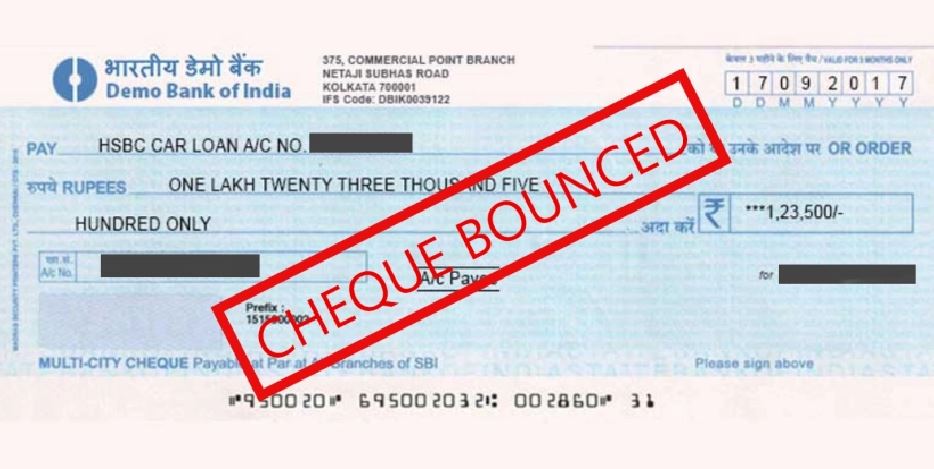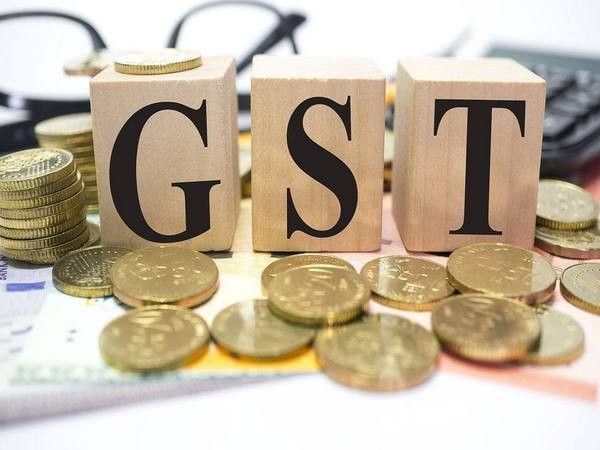
Law on Cheque Bounce
- जून 14, 2023
- 0
Cheque bounce is back in the news with three cases making the headlines. A court in Maharashtra’s Thane district sentenced a businessman to rigorous imprisonment for three months and directed him to pay double the bounced amount. A metropolitan court punished a man in Gujarat with a one-year jail sentence. The Sikkim High Court recently ruled that offences under Section 138 of the Negotiable Instruments Act can be compounded at any stage.
What is a cheque bounce?
Cheque bounce or “dishonour of cheque” occurs when a drawee is unable to withdraw money using a cheque due to certain limitations. It is covered by the Negotiable instruments Act (NI Act), 1881 which aims to deter the issuance of cheques without sufficient funds in the bank account, and provides legal remedy to the aggrieved party.
Insufficient funds
Section 138 of the NI Act mentions two reasons for cheque bounce. “First, there is insufficient money in the account. Second, the cheque amount exceeds the arrangement the account holder has with the bank.” The second reason refers to the cheque amount being higher than the account’s withdrawal limit.
Over time various other reasons have emerged.
Signature or number mismatch: A cheque can be dishonoured if there is a discrepancy between the drawer’s signature on the cheque and the specimen signature available with the bank.
A number mismatch may arise if the cheque number entered in the MICR (Magnetic Ink Character Recognition) code line doesn’t correspond with the pre-printed cheque number.
Expired or damaged cheque: A cheque is usually valid for three months from the date of issuance. If presented after this period, it is not honoured.
The bank may also declare a damaged or mutilated cheque as invalid. “Essential elements like the date, payee’s name, amount and signature must be legible and undamaged for successful processing.”
Stop payment instruction: The issuer may have instructed the bank to stop the payment due to reasons like a dispute, suspicion of fraud, loss of the cheque, or change in circumstances.
Legal consequences: Cheque bounce is a criminal offence under Section 138 of the NI Act, “The sentence can be for up to two years; a fine, which can be extended to twice the amount covered by the dishonoured cheque; or both.”
“Bail can be secured when the matter is pending in lower court. Post-conviction the chances of bail become bleak.”
Regarding legal notice, “The receiver of the bounced cheque can send a legal notice to the issuer within 30 days of receiving the bounce memo from the bank.”
The Sikkim HC recently ruled that offences under Section 138 of the NI Act can be compounded at any stage. This means the parties can enter into a compromise and settle the matter out of court.
चेक बाउंस पर कानून
तीन मामलों के सुर्खियां बटोरने के साथ चेक बाउंस एक बार फिर खबरों में है। महाराष्ट्र के ठाणे जिले की एक अदालत ने एक व्यवसायी को तीन महीने के सश्रम कारावास की सजा सुनाई और बाउंस राशि का दोगुना भुगतान करने का निर्देश दिया। गुजरात की एक महानगरीय अदालत ने एक व्यक्ति को एक साल की जेल की सजा सुनाई है। सिक्किम उच्च न्यायालय ने हाल ही में फैसला सुनाया कि निगोशिएबल इंस्ट्रूमेंट्स एक्ट की धारा 138 के तहत अपराधों को किसी भी स्तर पर कंपाउंड किया जा सकता है।
चेक बाउंस क्या होता है?
चेक बाउंस या “चेक का अनादरण“ तब होता है जब एक अदाकर्ता कुछ बाधाओं के कारण चेक से पैसे निकालने में असमर्थ होता है। यह निगोशिएबल इंस्ट्रूमेंट्स एक्ट (एनआई एक्ट), 1881 द्वारा कवर किया गया है, जिसका उद्देश्य बैंक खाते में पर्याप्त धनराशि के बिना चेक जारी करने से रोकना है, और पीड़ित पक्ष को कानूनी सहुलियत प्रदान करता है।
अपर्याप्त कोष
एनआई एक्ट की धारा 138 में चेक बाउंस होने के दो कारण बताए गए हैं। “पहला, खाते में अपर्याप्त पैसा है। दूसरा, चेक की राशि खाताधारक द्वारा बैंक के साथ की गई व्यवस्था से अधिक है। दूसरा कारण खाते की निकासी सीमा से अधिक होने के कारण चेक राशि को संदर्भित करता है।
समय के साथ कई अन्य कारण सामने आए हैं।
हस्ताक्षर या संख्या बेमेलः चेक पर भुगतानकर्ता के हस्ताक्षर और बैंक के पास उपलब्ध नमूना हस्ताक्षर के बीच विसंगति होने पर चेक को अस्वीकार किया जा सकता है।
यदि MICR (मैग्नेटिक इंक कैरेक्टर रिकॉग्निशन) कोड लाइन में दर्ज किया गया चेक नंबर पूर्व-मुद्रित चेक नंबर के अनुरूप नहीं है, तो नंबर बेमेल हो सकता है।
समाप्त या क्षतिग्रस्त चेकः एक चेक आमतौर पर जारी होने की तारीख से तीन महीने के लिए वैध होता है। यदि इस अवधि के बाद प्रस्तुत किया जाता है, तो इसे सम्मानित नहीं किया जाता है।
बैंक क्षतिग्रस्त या कटे-फटे चेक को भी अमान्य घोषित कर सकता है। “सफल प्रसंस्करण के लिए आवश्यक तत्व जैसे तिथि, प्राप्तकर्ता का नाम, राशि और हस्ताक्षर सुपाठ्य और बेदाग (अक्षतिग्रस्त) होने चाहिए।“
भुगतान रोकें निर्देशः जारीकर्ता ने बैंक को विवाद, धोखाधड़ी के संदेह, चेक के खो जाने या परिस्थितियों में बदलाव जैसे कारणों से भुगतान रोकने का निर्देश दिया हो सकता है।
कानूनी परिणामः एनआई अधिनियम की धारा 138 के तहत चेक बाउंस एक आपराधिक अपराध है, “दो साल तक की सजा हो सकती है; और जुर्माना भी, जिसे अस्वीकृत चेक द्वारा कवर की गई राशि से दोगुनी राशि तक बढ़ाया जा सकता है; अथवा दोनों।“
“जमानत तब तक ली जा सकती है जब मामला निचली अदालत में लंबित हो। सजा के बाद जमानत की संभावना क्षीण हो जाती है।
कानूनी नोटिस के संबंध में, “बाउंस चेक का प्राप्तकर्ता बैंक से बाउंस मेमो प्राप्त करने के 30 दिनों के भीतर जारीकर्ता को कानूनी नोटिस भेज सकता है।“
सिक्किम हाईकोर्ट ने हाल ही में फैसला सुनाया कि एनआई अधिनियम की धारा 138 के तहत अपराधों को किसी भी स्तर पर कम किया जा सकता है। इसका मतलब है कि पार्टियां समझौता कर सकती हैं और मामले को अदालत से बाहर सुलझा सकती हैं।[/vc_column_text][/vc_column][/vc_row]
































































